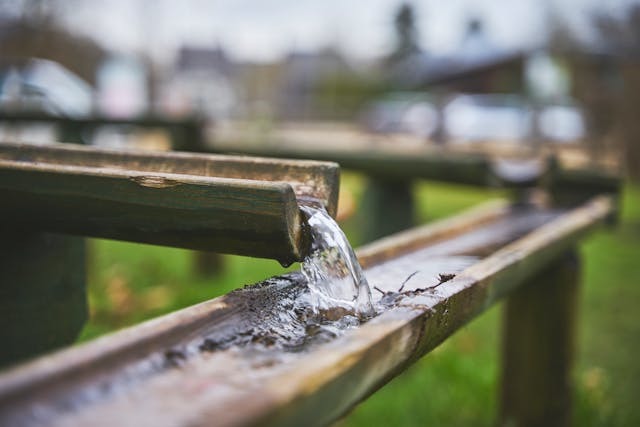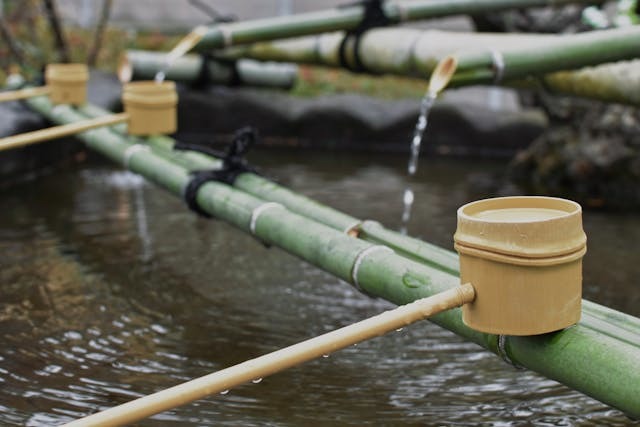
Water shortage is a developing concern around the world, making proficient water the board fundamental, particularly in planting. Water-saving water system frameworks offer savvy answers for streamline water use, limit squander, and keep up with sound scenes. From dribble water system to savvy regulators, these frameworks assist grounds-keepers with rationing water while advancing lavish, flourishing nurseries. In this article, we’ll investigate different water-saving water system frameworks, their advantages, how they work, famous choices accessible, and ways to carry out them in your nursery.
—
The Significance of Water-Saving Water system Systems
Water is a valuable asset, and utilizing it effectively is urgent for economical cultivating rehearses. Here’s the reason water-saving water system frameworks are fundamental:
1. Conservation : Water-saving water system frameworks assist with monitoring water by conveying it straightforwardly to the root zone of plants, limiting vanishing and overflow.
2. Efficiency : These frameworks use water more proficiently than customary strategies, lessening water squander and guaranteeing plants get the perfect proportion of dampness they need.
3. Cost Savings : By decreasing water use, grounds-keepers can bring down their water bills and set aside cash over the long haul.
4. Environmental Impact : Productive water use diminishes the stress on nearby water supplies and biological systems, advancing natural manageability.
5. Healthy Plants : Water-saving water system frameworks advance better plants by conveying water straightforwardly to the roots, forestalling water pressure and empowering profound root development.
Sorts of Water-Saving Water system Systems
1. Drip Irrigation :
– Dribble water system conveys water straightforwardly to the foundation of plants through an organization of tubing and producers. It limits water squander by lessening vanishing and spillover.
– Subtypes include:
– Surface Drip : Tubing is put on the dirt surface or covered somewhat underground.
– Dribble Tape : Dainty, adaptable tubing with equally divided producers intended for column crops.
– Microsprinklers : Low-volume sprinklers that emanate water in a fine fog, reasonable for little gardens or holder plants.
2. Soaker Hoses :
– Soaker hoses are permeable hoses that seepage water along their length, giving sluggish, predictable watering straightforwardly to the dirt.
– They are great for watering garden beds, fences, or individual plants.
3. Smart Water system Controllers :
– Savvy regulators utilize climate information, soil dampness sensors, and programming to change watering plans in light of natural circumstances and plant needs.
– They improve watering effectiveness and lessen water squander by watering just when vital.
4. Rainwater Collecting Systems :
– Water gathering frameworks gather water from rooftops or different surfaces and store it for later use in the nursery.
– Gathered water can be utilized for water system, diminishing dependence on civil water supplies.
5. Greywater Systems :
– Greywater frameworks catch and reuse water from family exercises like showers, sinks, and clothing, redirecting it for water system purposes.
– Treated greywater can be securely used to water non-consumable plants, lessening freshwater interest.
Advantages of Water-Saving Water system Systems

1. Water Conservation : Water-saving water system frameworks lessen water squander and advance effective water use, monitoring this valuable asset.
2. Lower Water Bills : By utilizing water all the more proficiently, grounds-keepers can diminish their water bills and set aside cash over the long haul.
3. Healthy Plants : Water-saving frameworks convey water straightforwardly to the root zone, advancing better plant development and diminishing water pressure.
4. Environmental Sustainability : Productive water use diminishes the ecological effect of cultivating by saving water assets and limiting overflow and contamination.
5. Convenience : Many water-saving water system frameworks can be robotized, saving time and exertion for grounds-keepers.
6. Versatility : Water-saving frameworks are flexible and can be adjusted to different nursery sizes, designs, and plant types.

How Water-Saving Water system Frameworks Work
1. Drip Irrigation :
– Dribble water system frameworks comprise of tubing, producers, connectors, and once in a while channels and strain controllers.
– Water is conveyed gradually and straightforwardly to the root zone of plants, limiting dissipation and overflow.
2. Soaker Hoses :
– Soaker hoses are permeable hoses that permit water to leak through their walls, conveying dampness straightforwardly to the dirt.
– They are normally laid on the dirt surface or covered somewhat underground and can be associated with a standard hose or water system framework.
3. Smart Water system Controllers :
– Brilliant regulators utilize climate information, soil dampness sensors, and programming to decide when and the amount to water.
– They change watering plans naturally founded on elements like precipitation, temperature, mugginess, and soil dampness levels.
4. Rainwater Collecting Systems :
– Water gathering frameworks gather water from roofs by means of drains and downspouts and store it in barrels, tanks, or reservoirs.
– Gathered water can be appropriated to the nursery through gravity-took care of dribble water system frameworks or siphons.
5. Greywater Systems :
– Greywater frameworks catch wastewater from family installations, channel and treat it, and appropriate it for scene water system.
– Treated greywater can be disseminated through dribble water system or soaker hoses to non-consumable plants.
Picking the Right Water-Saving Water system System
1. Consider Nursery Needs : Evaluate your nursery’s size, design, and plant types to decide the most appropriate water system framework.
2. Water Source : Consider the accessibility of water sources like civil water, water, or greywater while picking a water system framework.
3. Budget : Decide your financial plan and gauge the expense of establishment, materials, and upkeep of various frameworks.
4. Level of Automation : Conclude to what lengths mechanization you will go for in your water system framework. Brilliant regulators offer high level mechanization yet might be more costly.
5. Climate and Ecological Conditions : Pick a framework that can adjust to your neighborhood environment, soil type, and natural circumstances for ideal effectiveness.
6. Ease of Establishment and Maintenance : Think about the simplicity of establishment, activity, and upkeep of the framework, particularly assuming that you intend to introduce it yourself.
Methods for Carrying out Water-Saving Water system Systems
1. Design for Efficiency : Plan your water system framework to convey water straightforwardly to the root zone of plants, limiting dissipation and spillover.
2. Group Plants by Water Needs : Gathering plants with comparative water needs together to keep away from overwatering or underwatering.
3. Use Mulch : Apply mulch around plants to moderate soil dampness and diminish the requirement for
